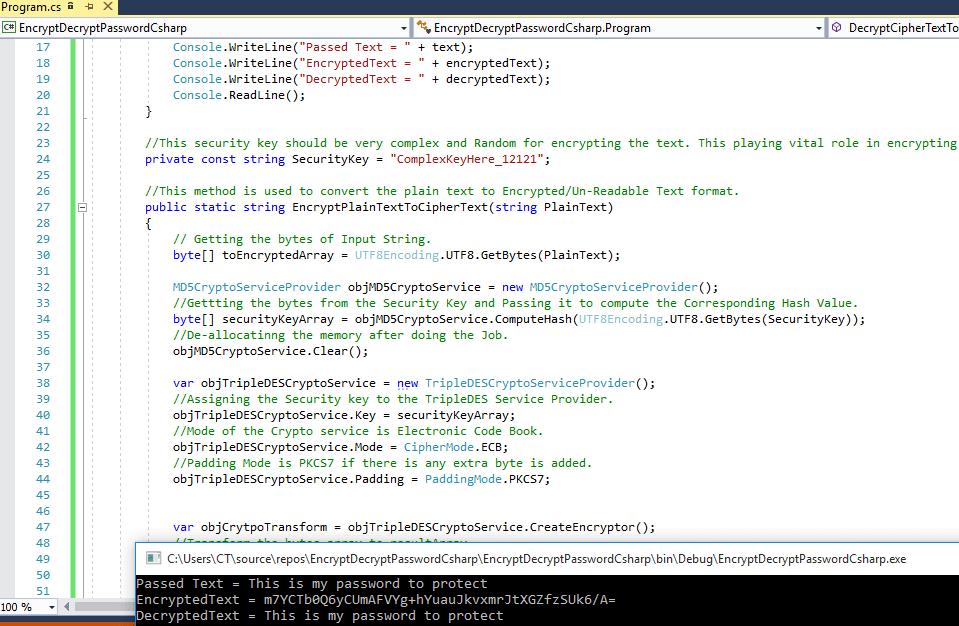


The term “least significant bits” essentially means the rightmost numbers.
Examples of md5 encoding 64 bits#
If the initial input’s length is longer than 64 bits (if it is greater than 264, which equals 18,446,744,073,709,551,616 in decimal), then only the least significant 64 bits are used. In cases where the message length takes up a greater number of bits, there will be fewer zeros. This forms the very end of the padding scheme, while the preceding 56 bits (64 minus the eight bits that make up 10110000) are all filled up with zeros. In this case, the number 176 is 10110000 in binary. The reason we only need to pad it up to 448 bits (instead of 512) is because the final 64 bits (512 – 64 = 448) are reserved to display the message’s length in binary. Therefore the padding for this block will include a one, then an extra 271 zeros. After laying out the initial 176 bits of binary that represent our input, the rest of the block is padded with a single one, then enough zeros to bring it up to a length of 448 bits. MD5’s padding scheme seems quite strange. With an input of only 176 bits and a 512-bit block that needs to be filled, we need 336 bits of padding to complete the block. This means that the input totals 176 bits. Our input is 22 characters long including spaces, and each character is 8 bits long. Inputs in MD5 are broken up into 512-bit blocks, with padding added to fill up the rest of the space in the block. You can see it in the table at the top of the second column, in line with the decimal number 32.
Examples of md5 encoding code#
The binary code for a space (SP) is “00100000”. Using an ASCII table, we see that a capital letter “T” is written as “01010100” in binary. This is done according to the American Standard Code for Information Interchange (ASCII), which is basically a standard that we use to convert human readable text into the binary code that computers can read. When we put “They are deterministic” into an MD5 hash function, the first thing that happens is that it is converted to binary. But how can the MD5 algorithm take inputs of any length, and turn them into seemingly random, fixed-length strings? Converting the data to binary All we can guarantee is that it will be 128 bits long, which works out to 32 characters. Our input, “They are deterministic”, becomes wildly different when it is put through the MD5 hash function. Let’s show how the MD5 algorithm works through an example. How does something like “They are deterministic” (this is just a random sentence we used in the other article) get turned into a 128-bit hash like this?Ģ3db6982caef9e9152f1a5b2589e6ca3 How does the MD5 algorithm work? This time, we’ll be zeroing in on what actually happens when data goes through the MD5 hashing algorithm. It’s our second and final piece on the MD5 hash function, which is an older and insecure algorithm that turns data of random lengths into fixed 128-bit hashes. This article covers the mechanics of the MD5 algorithm in detail.


 0 kommentar(er)
0 kommentar(er)
